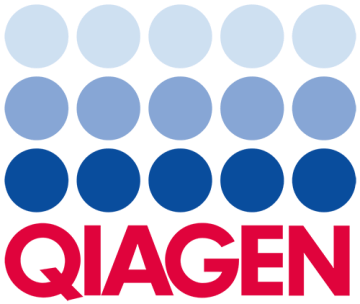“In-house devices”, also referred to as “laboratory-developed tests (LDTs)” are manufactured and used within the same health institution (means an organization the primary purpose of which is the care or treatment of patients or the promotion of public health) They are not marketed or transferred to other legal entities and do not bear the CE marking. In-house devices developed in laboratories can be essential for the diagnosis and treatment, especially for rare diseases.
With the exception of the general safety and performance requirements laid down in Annex I of the IVD Regulation, in-house devices are exempted from the IVD Regulation, provided the health institution meets a number of conditions set out in Article 5(5) of the Regulation.
a) Device is not transferred to another legal entity and is not manufactured at industrial scale;
b) Device is manufactured and used within the same institution under established quality management system;
c) The laboratory of the health institution is compliant with standard EN ISO 15189 or where applicable national provisions, including national provisions regarding accreditation;
d) The health institution justifies in its documentation that the target patient group's specific needs cannot be met, or cannot be met at the appropriate level of performance by an equivalent device available on the market (no alternative CE marked device is available on the market);
e) The health institution provides information upon request on the use of such devices to its competent authority, which shall include a justification of their manufacturing, modification and use;
f) A declaration, which the health institution shall make publicly available, that the IVDR general safety and performance requirements are fulfilled (IVDR Annex I);
g) For Class D devices, draw up documentation about the manufacturing process, design and performance data. Member states can request this for the other classes A,B and C.
h) The health institution takes all necessary measures to ensure that all devices are manufactured in accordance with the documentation referred to in point (g); and
i) Monitoring experience gained from clinical use of the device and takes all necessary corrective actions
With the new amendment, the application of certain requirements for devices manufactured and used in the same health institution (so-called ‘in-house devices') is delayed by two years until May 2024. If the health institutions prove the unavailability of an equivalent device on the market, the transitional periods will end in May 2028.
The European Commission and the MDCG (Medical Device Coordination Group of the EU Medical Device Authorities) have published
MDCG 2023-1: Guidance on the health institution exemption under Article 5(5) of Regulation (EU) 2017/745 and Regulation (EU) 2017/746. The provisions in Article 5(5) are the basis for the regulatory control and oversight of in-house devices. This document provides guidance on the application of some of these rules. It is written for healthcare professionals and researchers of health institutions aiming to design, manufacture, modify and use in-house devices.









